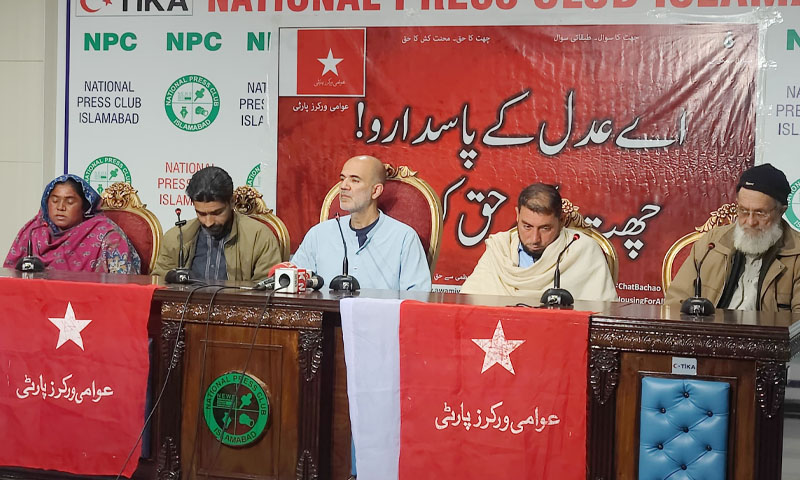- AFP
- Feb 16, 2025

XI vows to expand CPEC, felicitates Pakistan on 10th anniversary
-
- Web Desk
- Aug 02, 2023

BEIJING: Chinese President Xi Jinping has congratulated Pakistan on the 10th anniversary of the China-Pakistan Economic Corridor (CPEC) and assured continued support for the project.
“Despite global changes, China remains committed to standing by Pakistan,” said President Xi Jinping.
He affirmed that both China and Pakistan have achieved numerous mutual goals through the CPEC project.
The Chinese president reiterated the determination to expand the CPEC project on its 10th anniversary.
“The CPEC project plays a crucial role in revitalising Pakistan’s economic and social development,” according to President Xi Jinping.
In his message, President Xi Jinping emphasized enhancing overall project planning and expanding mutual cooperation between both countries.
The CPEC is a flagship project of China’s Belt and Road Initiative (BRI), which aims to connect Asia, Europe, and Africa through a network of roads, railways, ports, and pipelines.
Formal launch of CPEC
The CPEC was launched in 2015 with an initial investment of $46 billion, which was later increased to $62 billion.
The multi-billion project consists of several infrastructure and energy projects that are intended to improve Pakistan’s economic and social development, as well as enhance its strategic connectivity with China and the region.
The main components of the CPEC are the development of Gwadar Port, a deep-sea port on the Arabian Sea, which is expected to become a hub for trade and commerce in the region.
The port will also provide China with an alternative route to access the Middle East and Africa, bypassing the Strait of Malacca and the South China Sea. ³⁴
The construction of highways and railways that will link Gwadar Port with China’s Xinjiang province, through Pakistan’s Balochistan, Khyber Pakhtunkhwa, Punjab, and Gilgit-Baltistan regions.
The transport corridor will reduce the distance and time for trade and travel between China and Pakistan, as well as facilitate regional integration.
The establishment of special economic zones (SEZs) along the corridor, which will offer incentives for investment and industrial development.
The SEZs will focus on various sectors such as agriculture, textiles, mining, manufacturing, and services.
The SEZs will also create employment opportunities and boost local industries.
The expansion of Pakistan’s power generation capacity, which will help overcome its chronic energy shortage and meet its growing demand.
The CPEC includes several coal-fired, hydroelectric, solar, wind, and nuclear power plants that will add about 17,000 megawatts of electricity to Pakistan’s national grid by 2030.
The CPEC is widely seen as a game-changer for Pakistan’s economy and society, as well as a symbol of the deep-rooted friendship between China and Pakistan. However, the project also faces some challenges and controversies.
The environmental impact of some CPEC projects, especially the coal-fired power plants, which have raised concerns about air pollution and greenhouse gas emissions.
The Pakistani government has claimed that it is following international standards and best practices to minimize the environmental risks, while China has also pledged to support green development and clean energy under the CPEC framework.
Pakistan has maintained that the CPEC projects are based on concessional terms and mutual benefits, while China has also stressed that it is not imposing any debt trap or hidden agenda on Pakistan.
The CPEC project is expected to be completed by 2030, with some projects already operational or under construction. Both China and Pakistan have expressed their commitment and confidence in advancing the CPEC cooperation for their mutual benefit and regional prosperity.





